Burn the formal white tablecloths and fling open the kitchen doors. The latest craze in restaurant culture is open-fire cooking – where chefs sweat it out over roaring flames in full view of their customers. And the simple, raw nature of this method of food preparation seems to have set diners’ imaginations alight.
‘Cooking outside over flames is primal and in our DNA as human beings,’ says Andrew Clarke, co-founder of Acme Fire Cult – one such restaurant in Dalston, north London. ‘The smell of woodsmoke and animal fats hitting the hot coals stirs up something deep inside.’ For Tomos Parry, chef and co-owner of Brat – another open-fire restaurant – the flavour that can be achieved from this style of cooking adds an extra dimension to most dishes. ‘All of your five senses are engaged,’ he says.
The sensory nature of the experience is important, too. Hearing the crackle of coals, smelling the wood char and watching the beads of perspiration on the chefs adds an energy that closed-kitchen eateries cannot match. Want to see for yourself? Follow Spectator Life‘s guide to the fire-led London restaurants worth trying and the chefs fuelling the trend.
HUMO, Mayfair

Probably the most experimental eatery on our list, HUMO’s menu is a love letter to flames and wood. Executive chef Miller Prada (described by his family as a ‘pyromaniac’) uses different stages of the fire that blazes within his glamorous Mayfair restaurant to ensure every dish touches it in some capacity – whether it’s slow-cooking a cauliflower by burrowing it into ashes, using oak fumes to smoke potatoes or tenderising lobster over the dying embers.
He uses different types of wood – oak, silver birch, beech, cherry and more – to create different flavour profiles. ‘I’ve made many mistakes regarding how to use each type of wood to truly accentuate the ingredients. It’s something I’ve explored in great depth during my research over the years,’ he says.

You can do a six-course tasting menu for £100 per person or go à la carte (split into the four ‘life stages’ of a fire: ignite, smoke, flame, embers). It may sound pretentious but the different courses do make you appreciate all the facets of fire cooking. The Orkney scallops – grilled in direct contact with Scottish whisky barrels – are a stand-out option. Main dishes cost around £30.
The wine menu is extensive and, unsurprisingly for a chef who studied under sushi master Endo Kazutoshi, there are some top-notch Japanese sakés too. Expect low lighting, stylish metallic interiors that look halfway between a Monaco nightclub and a factory, and exquisitely ergonomic tableware.
Acme Fire Cult, Dalston
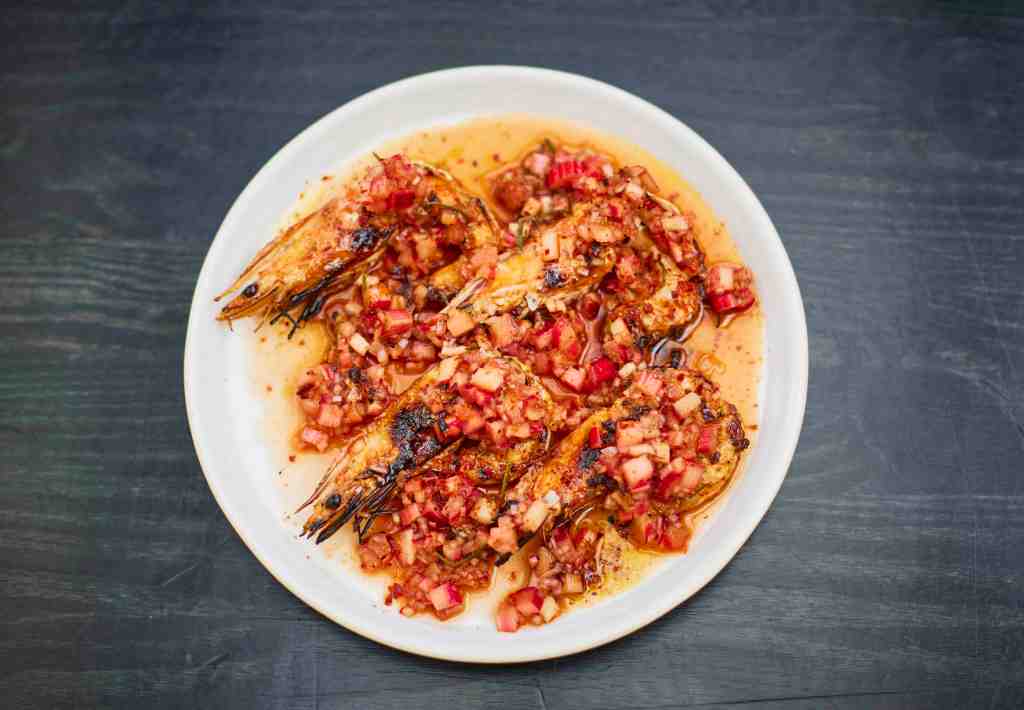
Head down a graffitied alley off Kingsland High Street, past dilapidated industrial buildings, and suddenly you emerge in a courtyard filled with heavy rock music and an unmistakable smell of smoke. This is Acme Fire Cult – which began life as an outdoor ‘barbecue party’ during the third coronavirus lockdown.
There’s an outdoor dining area (with blankets and heaters for cooler nights) where hardy chefs with long hair, beards and tattoos brave it in all weathers as they keep vigil over the hulking smokers. Just don’t call it a barbecue joint. Acme sees itself more in the heritage of the Turkish ocakbasi grill – and vegetables often take centre stage. One of its star dishes is the coal-roasted leeks – sweet and silky, with the salty-herby crunch of a pistachio romesco sauce.

Fermentation is as key to the menu as the flames – try out the plate of veggies pickled in different ways, which cuts through the decadent creaminess of sourdough smothered in marmite-butter and pecorino. Another must-order is the hunks of bread swimming in an umami crab and bone marrow sauce. Meat-lovers should go on a Sunday, when you can often get a tasting platter of different seared, charred and slow-roasted meats. Large plates cost around £20.
The restaurant has teamed up with an attached brewery and special edition beers are created each month to pair with the menu – some incorporating ingredients that have been or will be used by the chefs.
Brat, Shoreditch
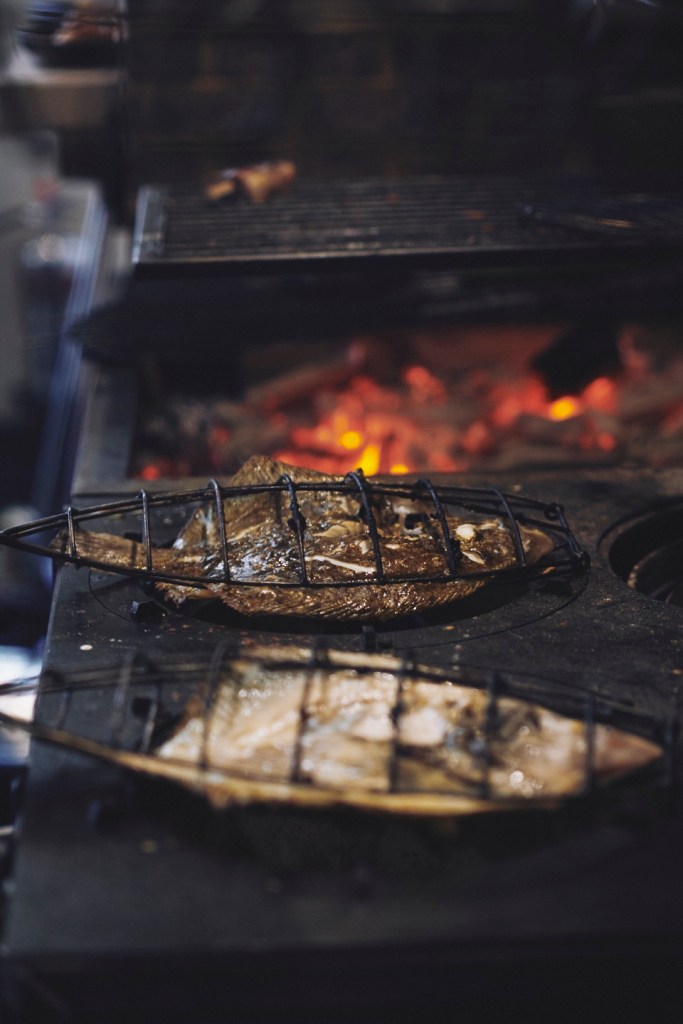
With its long communal tables, warm tingle of fire, flickering candles and a buzz of chatter, Brat feels a bit like you’re dining at a very stylish dinner party. Seeing the blistered tops of the burnt Basque cheesecakes and the about-to-pop air bubble of the blackened anchovy bread as you pass the furnace on entering is more than enough to whet the appetite.
Brat is modelled on the family-run fire-powered restaurants on the coast of northern Spain – which chef and co-owner Tomos Parry has visited many times. The ingredients and dishes, though, are distinctly British – celebrating oft-overlooked cuts, breeds and ingredients, from mutton chop and sweetbreads to cockles. Mains cost around £20 to £30.
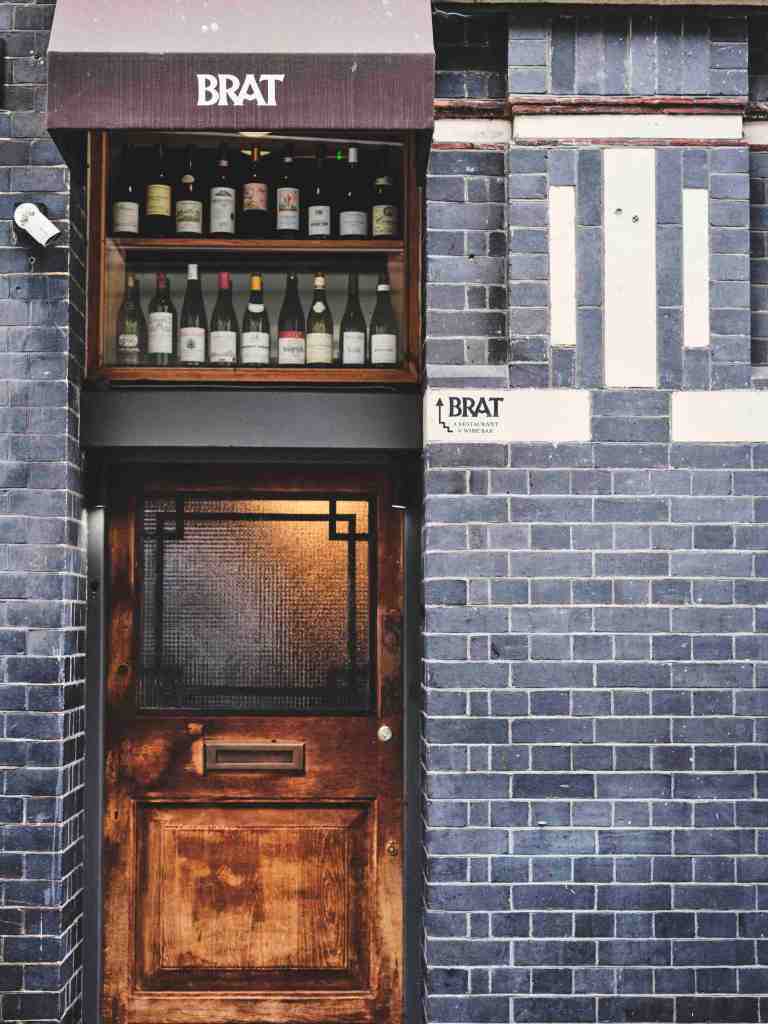
Parry’s most famous dish is his turbot (£150 for three to four people), cooked whole in Basque-style in an iron cage over charcoal until the flesh is only just clinging on to the bone. The smoked potatoes – swimming in herbs and butter – are divinely decadent. There are around 30 wines available to drink by the glass, and we’re yet to have a bad recommendation.
Berber & Q, Haggerston

In an old taxi repair shop under some brick railway arches, the love-child of North African mezze and American barbecue was born. Designed for sharing, the menu is front-loaded with spicy griddled vegetables and aromatic smoked meats. A chubby charred squid matches beautifully with its smoky aubergine salad (£12.80) – as do the salty hunks of halloumi with their sweet-garlicky pumpkin purée (£10.50). Pitta breads and hummus are a must.

Since starting life as a ‘fire and smoke shop’ Berber & Q has expanded, with two new locations: a Tel Aviv-inspired shawarma bar in Clerkenwell (the cauliflower shawarma is famous among London vegetarians) and a Mediterranean restaurant in Queen’s Park.
If Middle East-cum-Mediterranean smokery is your thing, make sure to also check out Dalston’s Mangal II.

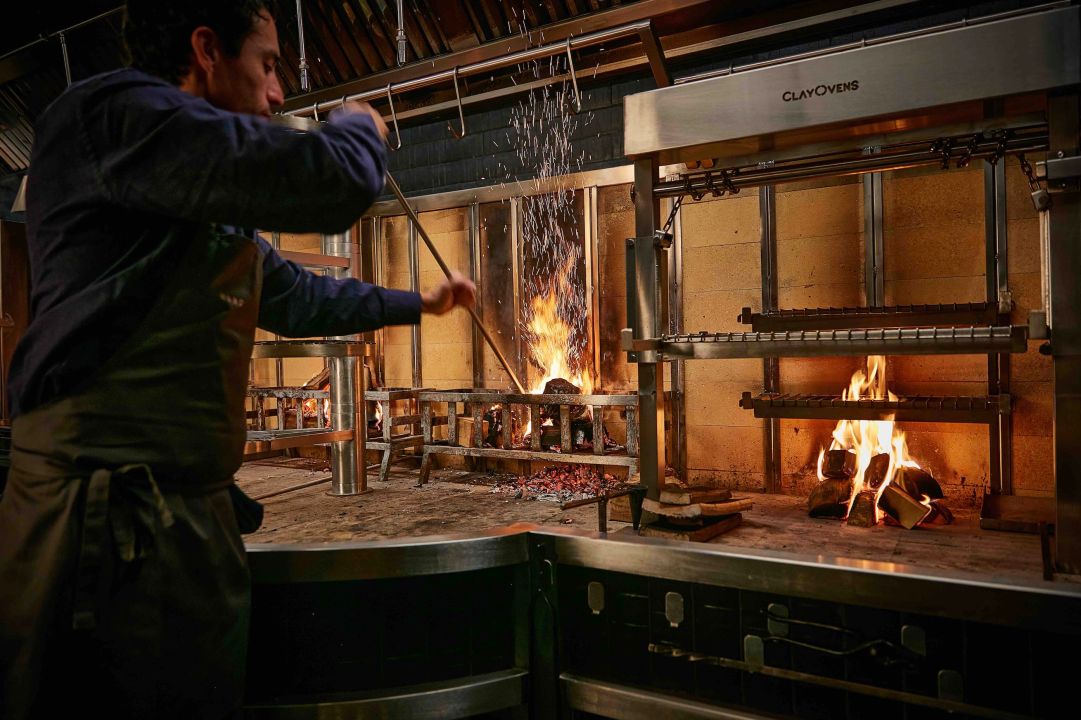
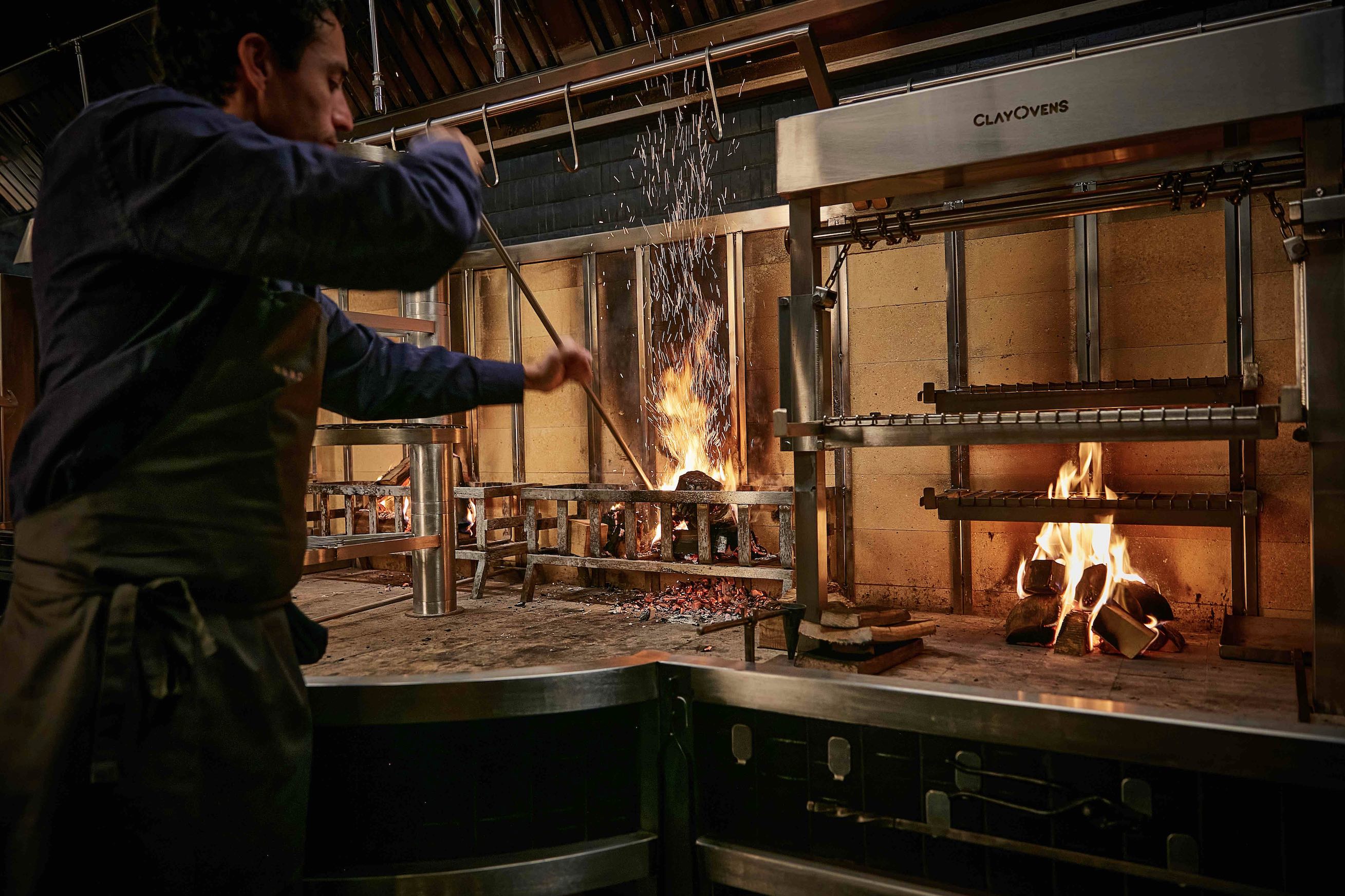




Comments